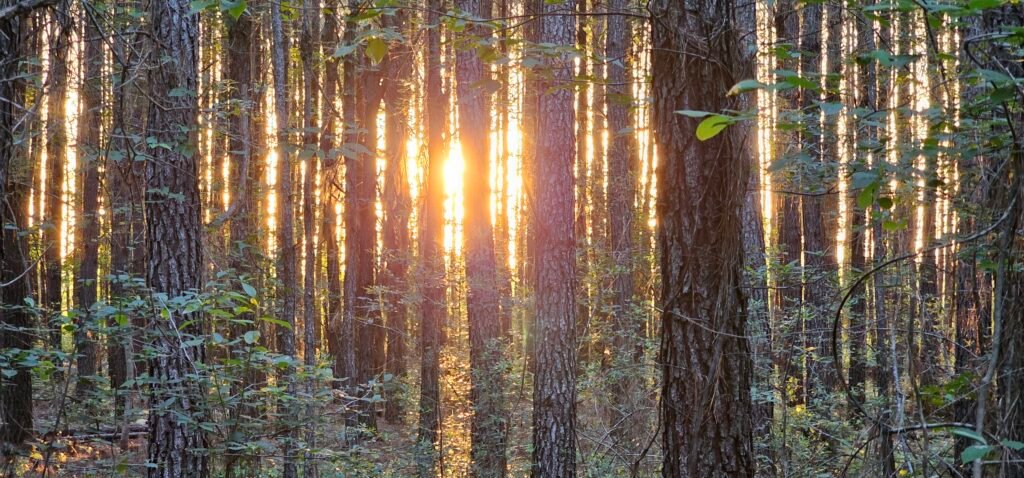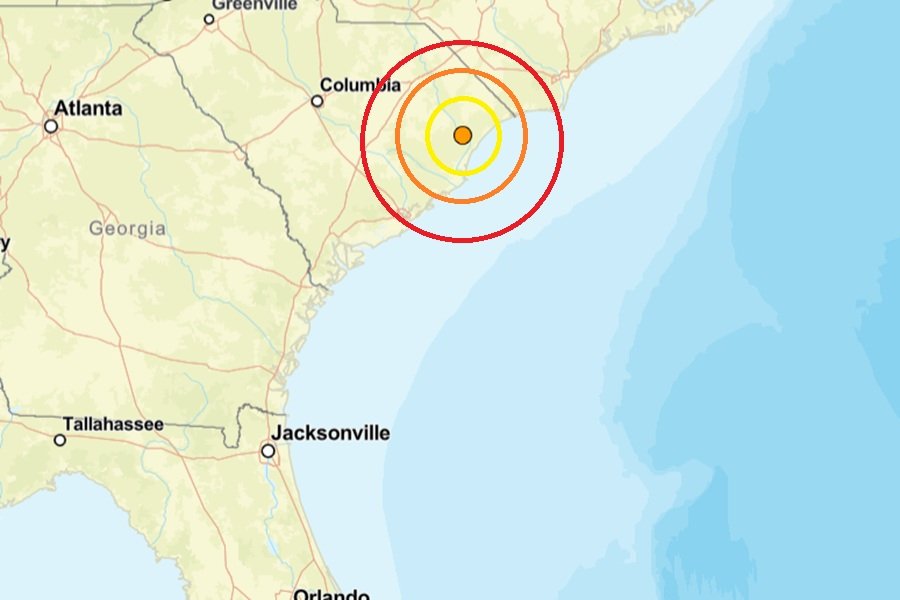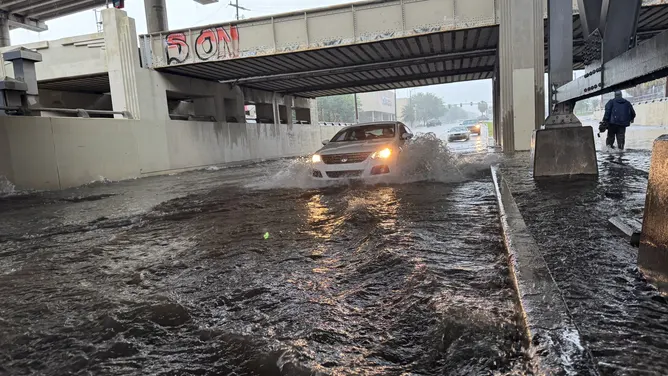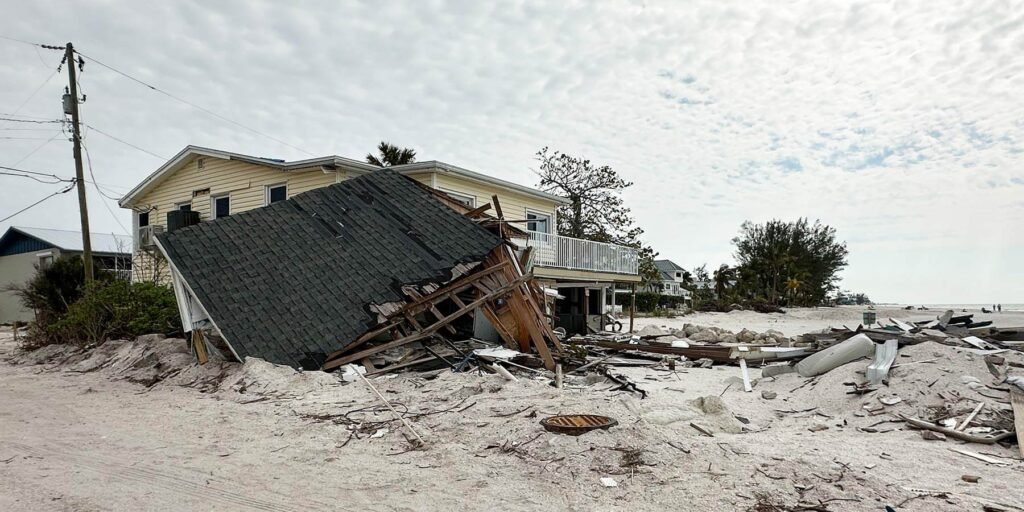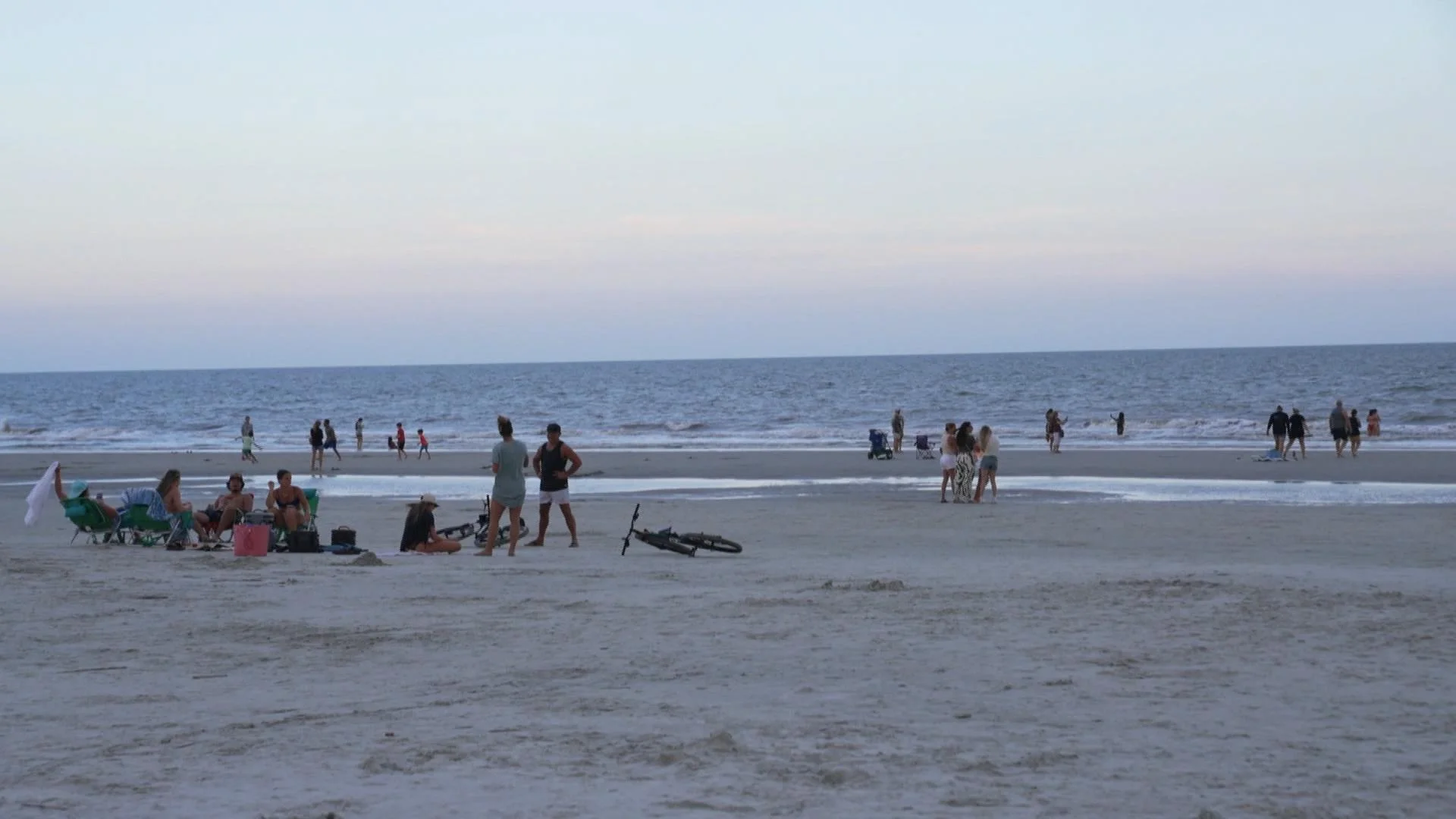Columbia, South CarolinaThe United States Department of Agriculture (USDA) is moving to repeal the long-standing federal Roadless Rule, which could soon expose more than 8,000 acres of roadless property in South Carolina’s national forests to development, logging, and mining.Some of the state’s most pristine and ecologically significant areas would be seriously threatened by the move, according to conservationists.
What Is the Roadless Rule and Why Is It at Risk?
The Roadless Area Conservation Rule, which was created in 2001, forbade the building of new roads across 58.5 million acres of federal forestland in the United States. The goal was to preserve wildlife habitats, avoid urban growth encroaching on public forest holdings, and preserve ecologically sensitive places.
However, USDA Secretary Brooke Rollins announced a plan to repeal the rule in June 2025, claiming it was outmoded and unduly burdensome.According to her, the modification would enable more adaptable forest management, such as reducing the risk of wildfires and giving states more authority over land use.
According to Rollins, effectively managing our forests protects them from destructive fires and enables future generations of Americans to appreciate and benefit from this magnificent territory.
SC Forests at Stake: Francis Marion and Sumter
There are two national forests in South Carolina: Summer National Forest, which is more than 375,000 acres spread throughout three state regions, and Francis Marion, which is 259,000 acres spread between Charleston and Berkeley counties.
A little more than 8,000 acres of those combined areas—or slightly more than 1% of the state’s national forest lands—remain roadless. In contrast, North Carolina has 172,000 roadless acres and Georgia has 63,000.
Despite their tiny size, South Carolina’s roadless acres are considered particularly significant because of their sensitivity to neighboring suburban expansion and their limited size.
Conservationists Warn of Irreversible Damage
The potential rollback has alarmed environmental advocates. Roadless places provide peaceful havens for outdoor activities like hiking and kayaking, protect endangered wildlife, and draw ecotourism, according to the Southern Environmental Law Center.
According to Sam Evans, director of the organization’s National Forests and Parks Program, the Roadless Rule ensures that our least-developed public lands will remain accessible to all of us for many decades to come without the threat of careless road construction and other damaging initiatives.
According to Evans, removing the regulation would allow for the extraction of lumber, oil and gas, and mining in certain regions.
Conflicting Views on Wildfire Risk
The USDA cited increased road access as a means of preventing wildfires as one reason for relaxing the regulation. However, April Donnelly of the South Carolina Nature Conservancy fought back, pointing out that as long as no roads are constructed, current regulations already permit controlled burning and debris removal in roadless areas.
According to Donnelly, fires are not more frequent in places without roads. Prescribed burning is one of the stewardship practices previously carried out by forest managers.
In light of climate change, she continued, it is more important than ever to preserve intact forest land. According to her, a large number of these roadless acres are found in biodiversity hotspots with distinctive ecosystems that are inherently resistant to warming.
Next Steps: Public Comment and Environmental Review
USDA has not established a definitive timeline, however in order to revoke the rule, the following steps must be taken:
-
An environmental analysis
-
Consultation with state officials
-
A formal public input process
Protections are still in effect until then, but conservation organizations are actively organizing to support the regulation.
According to the original 2001 guideline, “large unfragmented tracts of land become more important in an increasingly developed landscape.” Conservationists feel this idea is still true today.
The US Forest Service has additional information.
Do you go hiking, fishing, or taking in the scenery in South Carolina’s national forests? Tell the Saluda Standard-Sentinel about your experience and opinions regarding the USDA proposal.
